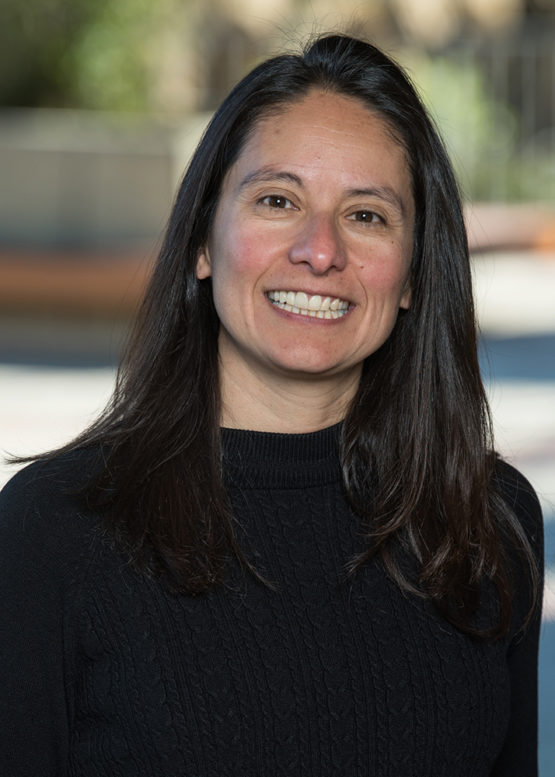Stanford microbiologists discover sterol-producing bacteria that may change the way geologists interpret the rock record
Geologists assume when they find molecules called sterols in soils or rocks they indicate the presence of plants, animals or fungi in ancient environments. But discovering how some bacteria also produce and modify sterols could change those interpretations.
Molecules called sterols linger in soils and rocks for billions of years and have served as a tell-tale sign to geologists that the plants, animals and fungi that produce them must once have lived nearby. But a new discovery could have geologists rethinking what they’ve learned from that rock record.

Paula Welander (Image credit: Steve Castillo)
New research from Paula Welander, an assistant professor of Earth system science in Stanford’s School of Earth, Energy and Environmental Sciences, and her team shows that methane-consuming bacteria produce and modify sterols in identifiable ways. The finding could help scientists distinguish sterols made by primitive bacteria – which would indicate an environment free of oxygen – rather than by oxygen loving plants, animals and fungi. The study was published May 21 in Proceedings of the National Academy of Sciences.
Overlooked and underground
Sterols, such as cholesterol, are essential molecules produced by almost all eukaryotes – a category that includes plants, animals and fungi but not bacteria. Only a few bacteria had been known to produce sterols, and so geologist disregarded that source in the rock record.
Welander was skeptical that so few bacteria produced sterols. In prior work, she proved her hunch correct – she and her team found more than 50 additional strains of bacteria with sterol-producing genes, with hints of even more. Now, she wanted to learn how these bacteria were making their sterols. “I always like to study things that are kind of odd and it seemed like these sterol-producing bacteria were a little different,” she said.
Welander and her team noticed that as with eukaryotes, some bacteria modify sterols by removing chemicals called methyl groups in a process called demethylation. “Everyone assumed the few bacteria that could remove these methyl groups were doing it the same way as eukaryotes,” said Welander. But she had her doubts. The sterol-producing genes necessary for demethylation in eukaryotes were absent in bacteria, suggesting that bacteria process sterols differently.
Welander and her team decided to look into the demethylation process further. If they could identify how sterol demethylation was different between bacteria and eukaryotes, it might help geologists determine the source of sterols in their sediment samples.
Digging deeper
The researchers analyzed the genome of the bacterium Methylococcus capsulatus, and through a series of experiments, determined two proteins that are responsible for demethylation. What’s more, they found that bacteria demethylate sterols at a different position than in eukaryotes.
That finding may seem trivial, but Welander said that this mechanism could be preserved in the rock record, meaning geologists can examine how a sterol is modified to learn what produced it. “By studying this process in bacteria, we might get hints and ideas about how to better interpret what we see in the rock record,” said Welander.
For example, sterols appearing in the rock record had been used to determine when and how the ancient ocean became dominated by eukaryotic algae, like in the ocean today. But this interpretation of when algae became dominant is based on sterols that could also have been produced by bacteria “so that might change our interpretation of how these different microbial groups emerged over time,” said Welander.
Now, Welander’s group is exploring the function of sterols in bacteria. “When it comes down to it, we’re very excited about microbes and proteins and biochemistry, and we want to use our molecular tool kit to continue to help answer these geologically relevant questions,” she said. She hopes a better understanding of bacteria sterols will help geologists paint a more accurate picture of Earth’s ancient environments.
Paula Welander is also a member of Stanford Bio-X. Co-authors include Alysha Lee, research technician; Amy Banta and Jeremy Wei, research scientists; and colleagues from the State University of New York.
Funding came from NASA Exobiology Program, the National Science Foundation, and the National Institute of Health.
